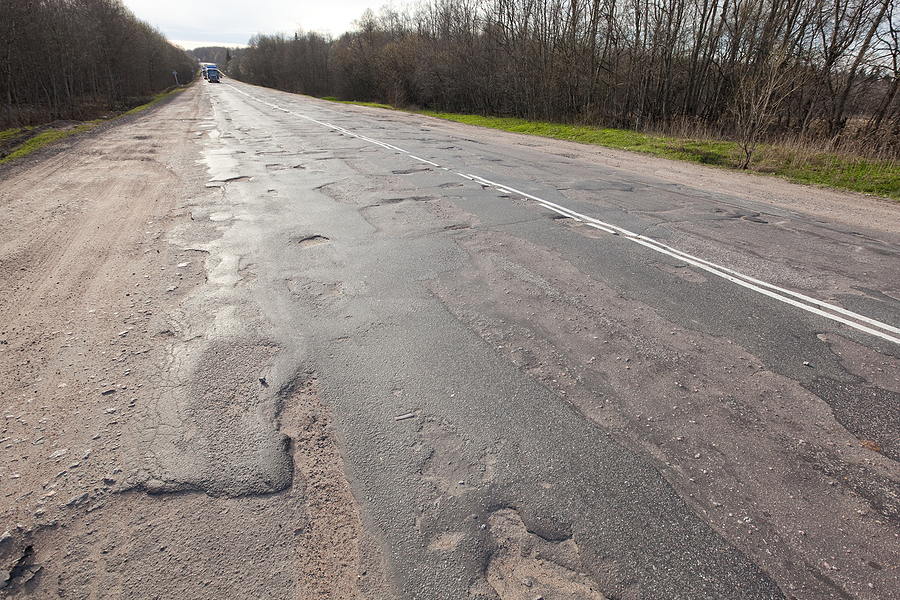The month-long maintenance and concrete repairs on potholes and cracks on the M11 will be completed in the middle of December.
The M11 in Cambridgeshire is one of several concrete roads that is scheduled to need fixing, including the A14, A120 and A11, according to Highways England.
The comprehensive maintenance and repair work on the old-style concrete include repairs to the carriageway, as well as drainage clearance and repainting road markings and replacing reflective studs and cat’s eyes.
The work, which commenced on 19th November has progressed on the schedule was completed overnight and at weekend, which meant that the road would close between 8 pm and 6 am on weekdays, and over two further weekends.
The second-weekend closure, taking place from Friday 4th December to Monday 7th December, will enable the work to complete a full weak ahead of schedule.
In total, half of the legacy concrete will either be repaired or replaced over the next five years, due to them reaching the end of their average lifespan.
Why Choose Concrete For Roads?
Concrete is a very popular material for roads which expect a high level of traffic or traffic that involve heavy goods vehicles such as lorries.
A concrete road is traditionally made of portland cement, with a coarse aggregate, sand and water, as well as various additions that work to increase the quality of the mixture and stop harmful chemical reactions.
They are more popular for busier roads because on average they are stronger and more durable than equivalent asphalt roads, which helps to offset the higher initial cost and time taken to construct them, although modern paving methods have reduced both of these.
The other main disadvantage, and typically a telltale sign that a concrete road needs repair is noise. Concrete roads last around 50 years, and during this time they will develop cracks around each expansion joint, a system used to control the development of cracks.
This can make them deeply uncomfortable to drive on, as well as noisy in a way that can almost be hypnotic. The positive is that fixing the underlying concrete, of which many methods will improve all of this and increase the lifespan of the road.
Whilst many roads with a concrete base do also use asphalt, ones that do not can be given a grippy surface through the use of diamond grinding. This can also help to make the surface safer and quieter to drive on.
The drainage of the concrete road also needs considering, although there are multiple options to deal with this. Concrete can be drained using storm drains in a similar manner to asphalt roads, however, pervious concrete can also be used that will drain the water by itself.
However, given the issues with the freeze-thaw cycle that is inherent with all porous paving materials, and these roads will need to be cleaned and swept regularly, which may make them unsuitable for larger highways.

